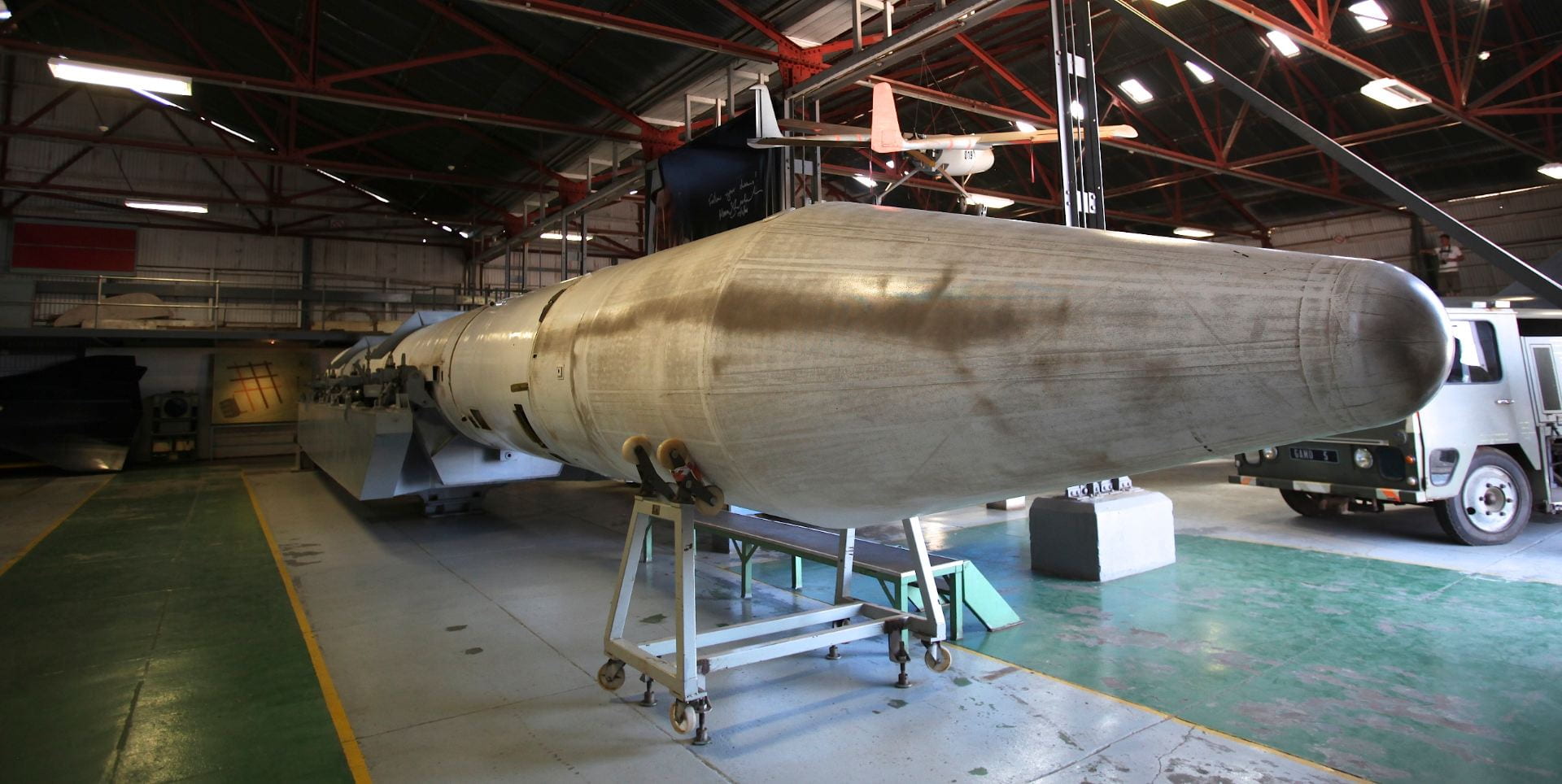
Evelyn Andrespok
Abstract: This article analyzes the nuclear disarmament of South Africa through neorealist, liberal, and constructivist lenses in order to determine which theory most accurately describes why South Africa ended their nuclear weapons program. It argues that constructivist theory best explains the end of South Africa’s nuclear program because of its ability to explain how domestic decision making affects how the state interacts in the international system. Under President De Klerk, South Africa became the first and only state to give up its nuclear arsenal without international pressure to do so. According to neorealists, South Africa pursued disarmament in order to form stronger alliances. Under liberal theory, South Africa pursued disarmament due to the democratic and economic developments the state underwent in the 1990s with the end of apartheid. The nuclear program proved to be a huge burden on the economy and therefore had no place in the post-apartheid South African society. Finally, constructivist theory argues that nuclear disarmament occurred because of the prevailing desire in South African society to identify as a Western state. To pursue this identity would mean giving up nuclear weapons to appeal to Western states, and in turn South Africa would be given the opportunity to join Western collective security organizations.
Key Words: International Relations Theory, South Africa, Nuclear Disarmament, Realism, Liberalism, Constructivism


